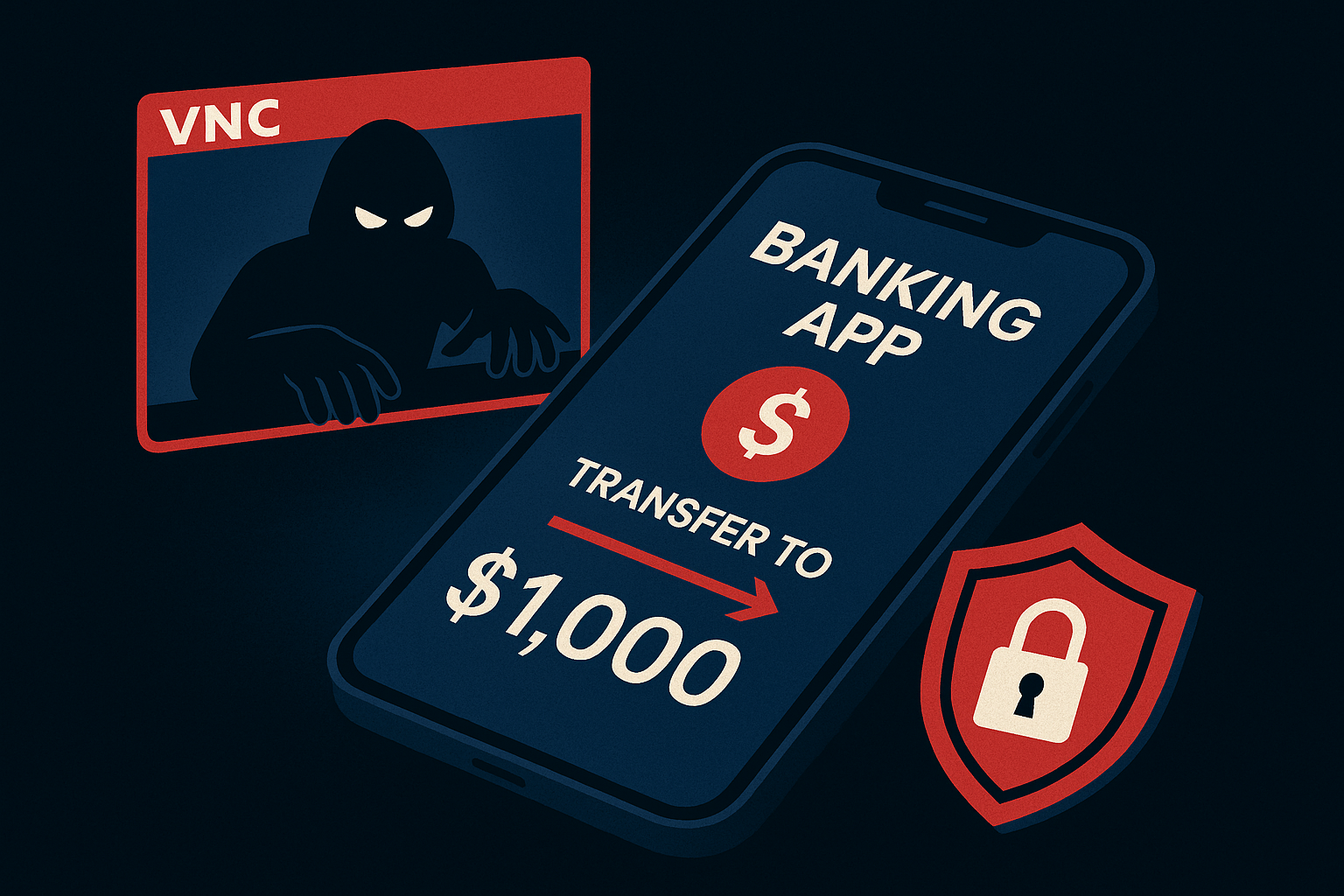
In the ever-evolving world of technology, businesses face constant challenges to protect their digital assets. As our reliance on digital platforms grows, so does the sophistication and audacity of cyber attackers. Here’s a look at the top five emerging cybersecurity threats that businesses must know about alongside tips to mitigate risks.
Ransomware isn’t a new threat, but it’s increasingly becoming more potent. Attackers use malicious software to encrypt a victim’s files and then hold them ransom. If that doesn’t elicit payment, they exfiltrate the data and release it online breaching its confidentiality. Only upon payment, usually in cryptocurrency, do they release the decryption key or stop the public release of privileged private information. From hospitals to entire cities, no business is immune. The consequences of such attacks can be debilitating.
Action steps: Ensure regular backups, educate and test staff on potential threats (phishing, password hygiene), and invest in robust endpoint security solutions.
Phishing attempts are as old as the internet, but their methods have become more sophisticated. Instead of the generic “You’ve won a million dollars!” email, cybercriminals now send messages that appear to be from colleagues, bosses, or trusted vendors. The COVID-19 pandemic and the surge in remote work have only exacerbated this, blurring the lines between personal and professional communications.
Action steps: Offer phish training simulations to employees to recognize phishing attempts and maintain strict protocols for sharing sensitive information.
The phrase “you’re only as strong as your weakest link” has never been more accurate than in the context of cybersecurity. Supply chain attacks focus on compromising a trusted component of a business’s operational fabric. Once one vendor’s software or hardware gets compromised, it can cascade through various businesses that rely on that product. The infamous SolarWinds Orion breach and more recent Kaseya RMM breach are stark reminders of this supply-chain vulnerability.
Action steps: Regularly assess and monitor the security postures of third-party vendors and partners.
It’s an uncomfortable truth, but sometimes the most significant threat comes from within. Whether due to malicious intent, negligence, or mere accident, insiders can cause substantial harm given their access privileges. While some are swayed by monetary gain, others might be disgruntled employees or merely individuals who mistakenly clicked on the wrong link.
Action steps: Implement strict access controls, conduct regular audits, promote a culture of cybersecurity awareness, and train staff members on insider threat detection (If you see something, say something).
The Internet of Things (IoT) promises incredible advancements, from smart homes to interconnected industrial devices. However, each device presents a potential entry point for cyber attackers. Many IoT devices come with weak default security settings, and updating them can be a hassle. But, with the number of connected devices projected to grow exponentially, businesses cannot afford to overlook this threat.
Action steps: Change default passwords, regularly update device firmware, and segment your networks to limit potential exposure. For example: Place camera surveillance systems on their own separate network.
Vigilance is the name of the game in cybersecurity. These are the top five emerging cybersecurity threats every business should be aware of. By being proactive, continuously updating your security measures, and promoting a culture of awareness, businesses can not only defend against these threats but thrive in the digital age. Always stay informed and ahead of the curve!
Discover and share the latest cybersecurity trends, tips and best practices – alongside new threats to watch out for.

In cybersecurity, not all attacks happen through fancy malware or zero-day exploits. Some of the most effective...
Read more
The rapid rise of generative AI has unlocked enormous promise, but it’s also accelerating the arms race in...
Read more
Newly discovered Android banking Remote Access Trojan (RAT), dubbed Klopatra, has compromised more than 3,000...
Read moreGet sharper eyes on human risks, with the positive approach that beats traditional phish testing.
